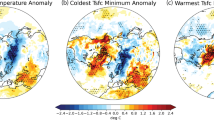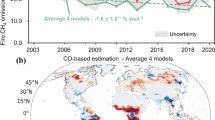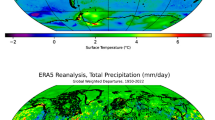Abstract
UNDER the above heading Mr. Evan McLennan refers in NATURE, February 13, p. 647, to supposed puzzles in atmospheric electricity. That certain difficulties exist no one can deny, but Mr. McLennan's difficulties might, I think, be removed by consultation of existing text-books. The vertical current which he thinks should exist in the atmosphere does exist, and methods of measuring it with more or less accuracy have been in operation for some years. Mr. C. T. R. Wilson devised an apparatus for its direct measurement, and his experiments, made in good weather near ground level, gave a mean value of about 2×10-16 amperes per sq. cm. A mean value of the same order, but slightly larger, has been deduced at Potsdam from continuous observations of the electric conductivity of the atmosphere and the potential gradient. To get an electrical current through a vertical conductor it is necessary to bring its upper end to the potential of the surrounding atmosphere. “St. Elmo's fire” is a well-known natural phenomenon. Currents can be obtained through a wire attached to a kite, but the experiment at times may be dangerous. Mr. McLennan seems to suppose that the potential in the free atmosphere increases uniformly with the height. Observations, however, have shown that the normal rate of increase of potential per unit of height diminishes as the height increases and becomes small at the height of a few kilometres. A mountain, it should be remembered, is part of the earth, and shares its potential; if steep it has a large effect on the shape of the equipotential surfaces in adjacent space. Dr. Simpson, in the letter referred to by Mr. McLennan, mentions the real poser, viz. why in spite of the vertical current the earth retains its negative charge in fine weather.
Similar content being viewed by others
Article PDF
Rights and permissions
About this article
Cite this article
CHREE, C. Atmospheric Potential. Nature 90, 673 (1913). https://doi.org/10.1038/090673a0
Issue date:
DOI: https://doi.org/10.1038/090673a0



